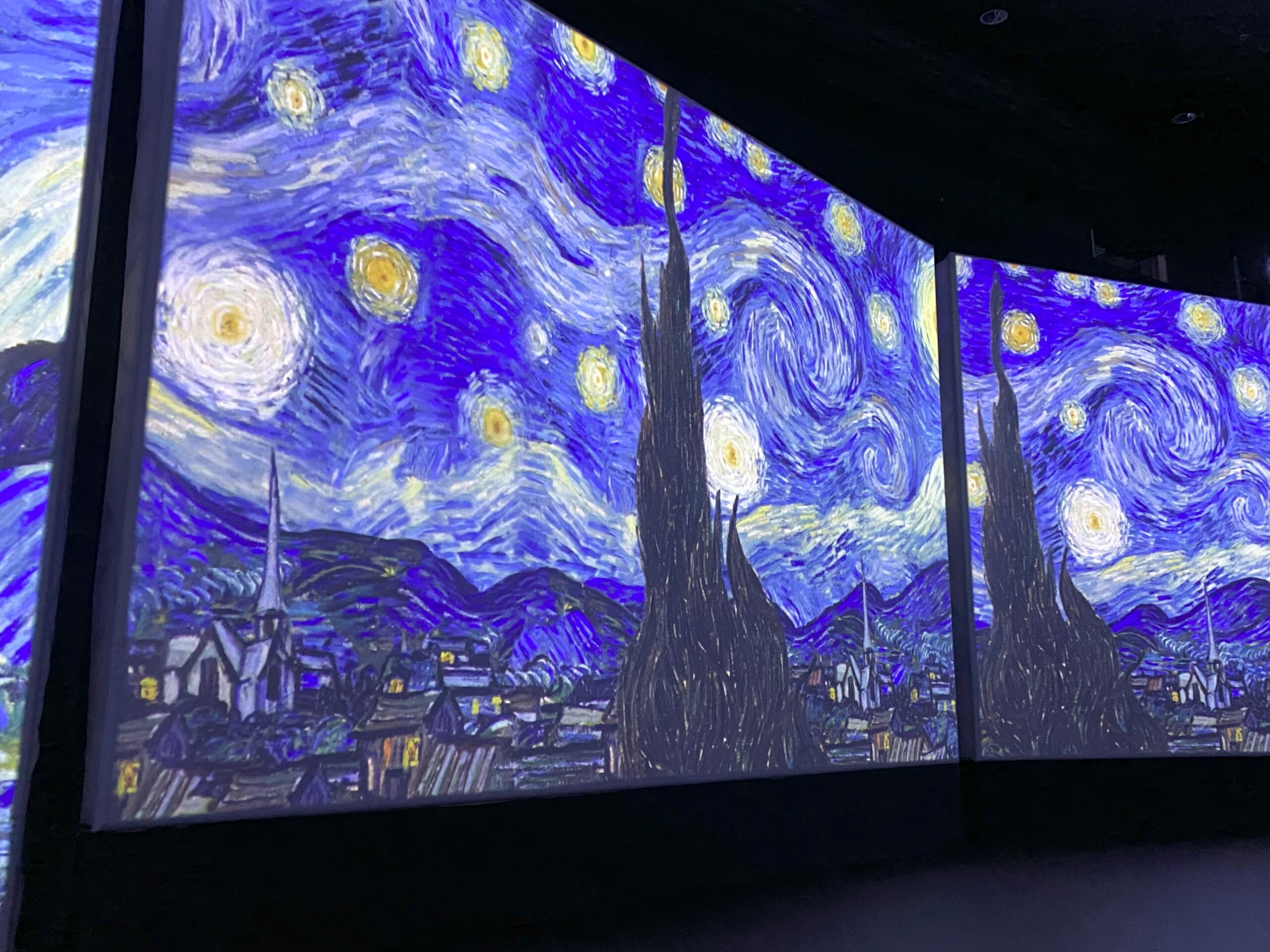The Starry Night of Vincent van Gogh: A Life Lived in Color and Torment
Here’s an example informational essay – Vincent Van Gogh Essay.
Vincent van Gogh, a name synonymous with artistic genius and enduring tragedy, stands as one of the most celebrated and enigmatic figures in the history of art. His life, tragically cut short at the age of 37, was a whirlwind of creative passion, mental struggles, and a profound search for meaning in a world he saw in vivid, almost hallucinatory hues. While his impact on the artistic landscape is undeniable, his legacy transcends the canvas, offering a glimpse into the human experience of creativity, pain, and the enduring power of art to transcend the boundaries of time and circumstance.
Born in 1853 in Zundert, Netherlands, van Gogh initially pursued careers in the art world, first as an art dealer and then as a missionary, before finally dedicating himself entirely to painting. His early works, often depicting rural life and the lives of the working class, reflected his empathy for the downtrodden and his deep connection to nature. This period also saw the development of his distinctive style, characterized by bold brushstrokes and a vibrant palette, evident in works like “The Potato Eaters” (1885).
Van Gogh’s artistic journey took a decisive turn when he moved to Paris in 1886, immersing himself in the vibrant artistic scene. He encountered the Impressionists, particularly Claude Monet and Camille Pissarro, whose innovative techniques and focus on capturing light and atmosphere profoundly influenced his work. This period marked a shift towards a more expressive style, marked by the use of vibrant colors and swirling brushstrokes, evident in paintings like “The Yellow House” (1888) and “Sunflowers” (1888).
However, van Gogh’s artistic brilliance was intertwined with a deeply troubled mind. He suffered from episodes of mental illness, likely bipolar disorder, which cast a dark shadow over his life. While these struggles fueled his artistic creativity, they also contributed to his isolation and growing despair. His relationship with his contemporaries, while marked by respect for his talent, was often strained due to his erratic behavior and difficulty forming lasting bonds.
Despite the darkness that plagued him, van Gogh continued to paint with relentless fervor, finding solace and expression in his art. He moved to Arles in southern France, seeking the healing power of sunshine and the beauty of the landscape. This period produced some of his most iconic works, including “The Starry Night” (1889) and “Wheatfield with Crows” (1890), masterpieces that captured the turbulent beauty of his vision and the raw emotion of his inner world.
Tragically, van Gogh’s mental state continued to deteriorate, culminating in a self-inflicted gunshot wound in 1890. His death, at the young age of 37, robbed the world of a genius in his prime, leaving behind a legacy of art that would continue to inspire and captivate generations.
Today, van Gogh’s legacy is celebrated worldwide. His paintings are among the most beloved and recognizable artworks in existence, captivating audiences with their expressive power, vivid colors, and raw emotion. Beyond his artistic achievements, his life story serves as a powerful reminder of the struggle against mental illness, the search for meaning in the face of adversity, and the profound impact art can have on our understanding of the human experience.
The impact of van Gogh’s art can be seen in various aspects of modern culture. His iconic images are reproduced in countless forms, from posters and prints to fashion and furniture. His life story has inspired countless films, books, and documentaries, further cementing his place in the cultural consciousness.
Van Gogh’s artistic legacy lies not only in the beauty and impact of his paintings but also in the profound influence he had on subsequent generations of artists. His bold use of color, expressive brushstrokes, and emphasis on capturing emotion paved the way for the development of Expressionism and other modern art movements.
In conclusion, Vincent van Gogh was a complex and contradictory figure, a brilliant artist tormented by inner demons. While his life was tragically cut short, his legacy lives on through his captivating and enduring artwork. Van Gogh’s paintings, with their vibrant colors, swirling brushstrokes, and raw emotion, continue to inspire and captivate audiences around the world, reminding us of the enduring power of art to transcend the boundaries of time and circumstance. He remains a symbol of the creative spirit, a testament to the human capacity for both immense beauty and profound suffering, and a powerful reminder that the journey of art, like life itself, is often a turbulent and ultimately transformative experience.
Here’s an example essay – Vincent Van Gogh Essay.
